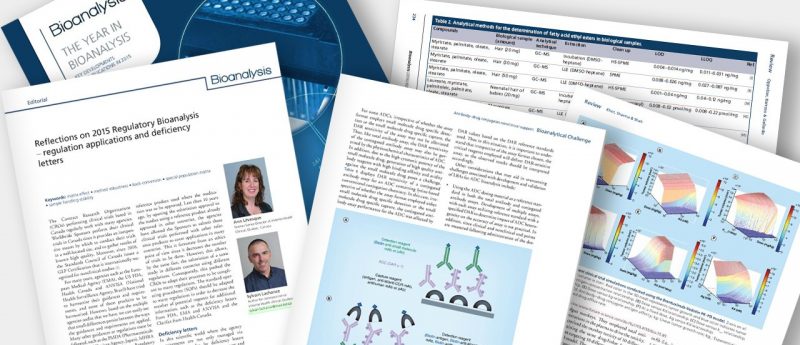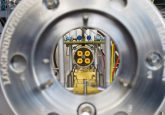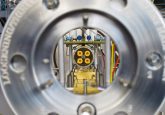Advances in high-resolution MS and hepatocyte models solve a long-standing metabolism challenge: the loratadine story

Background: Loratadine (LOR, Claritin®) is a long-acting antihistamine used to treat allergic rhinitis. The major active human metabolite, desloratadine (DL, Clarinex®), is extensively metabolized to 3-hydroxydesloratadine (3-OH-DL) (M40) and subsequently glucuronidated before elimination. This study revealed the ability of a novel, long-term hepatocyte micropatterned co-culture (MPCC) model to generate in vivo metabolites. Metabolites were detected and characterized using non-targeted MS/MSALL with SWATH™ acquisition by a UHPLC-Q-TOF system. Results & methodology: Human MPCCs extensively metabolized LOR and formed 3-OH-DL-glucuronide (M13). Cross-species comparisons revealed monkey- and rat-specific metabolites with gender-specific DL-pyridine-N-oxide formation in male rats. These results demonstrate a first for an...






